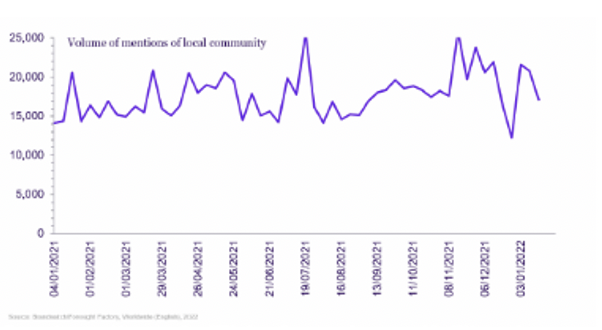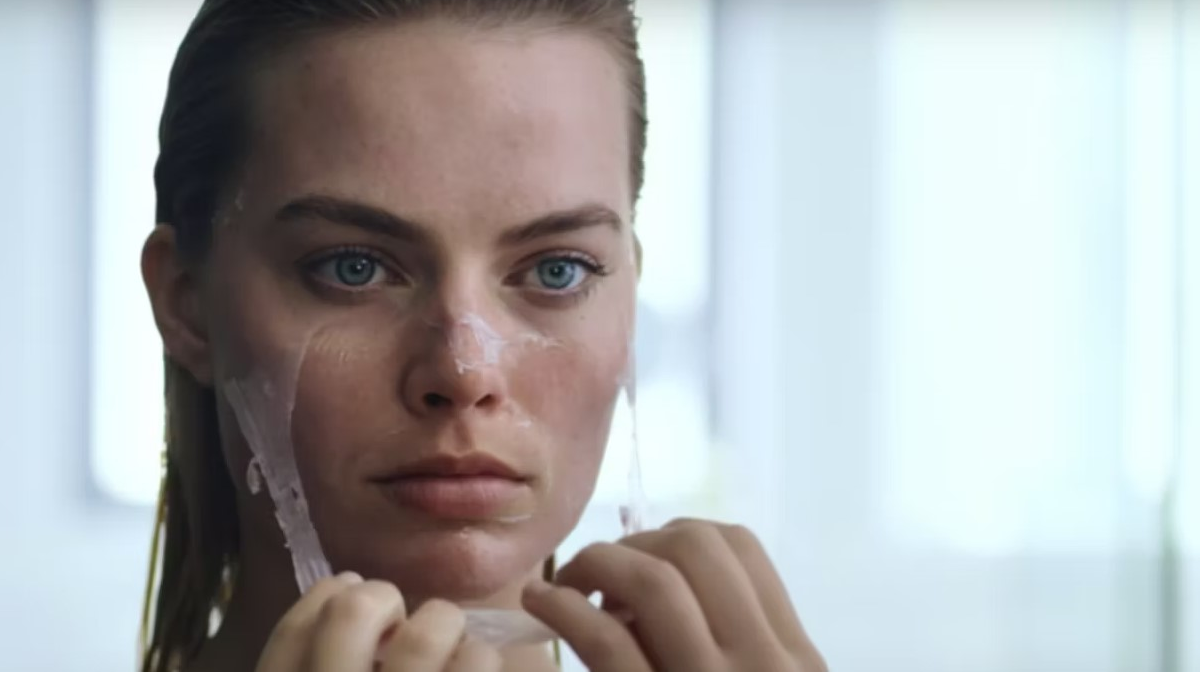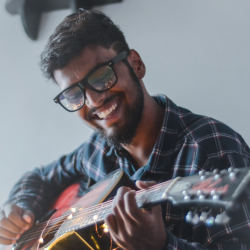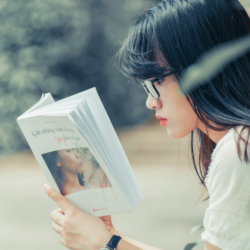We all want to feel a sense of belonging or connection — it is a basic human need. Friendship, intimacy, family, security, and feeling part of a ‘tribe’, are desires that are hardwired into our DNA.
But we are now living in an age of artificial connection where, thanks to the exponential use of technology, people have never been more self-aware of connecting and of being connected. The number of connections people make is now a highly visible constant on the scoreboard of social existence.
People want each connection to be perfect and they want to have them in abundance. This is fundamentally changing the nature of the connection itself and the tribes that people lead and belong to. In this hyperconscious state of perma-connection, the end result is somehow less real. Instead, people must embrace manageable, real, and flawed connection.
We are hyperconscious of being connected
We have never been more self-aware of the need to connect and be connected, with the goal of belonging. There’s a lot of talk about belonging, connection, community and tribe, which goes well beyond the marketing industry. In fact, there are over 10,000 books referring to ‘belonging’ on Amazon. We Belong by the Bahamian artist Tavares Strachan, sits garishly on top of the subway entrance at the plaza entrance of the Barclays Centre in Brooklyn, New York, in bright neon pink.
‘Tribes’ are no longer the zeitgeist of the marketing industry — the language is being used by all of us to talk about ourselves. Non-industry press talk about tribes: “From the Tailoring Totalitarian to Mr Libidinously Liberated, in 2022 there are a whole host of post-pandemic style tribes to spot in the wild” stated consumer magazine, GQ. People go to “3Tribes hot yoga”, drink in the “Twotribes brewery and taproom.” They go to “Mytribe antenatal classes” and join “Mytribe health insurance”.
Over the course of the pandemic, where connection was limited, we loved to talk about connection, community, and tribes. ‘Community spirit’, connection and being (back) together became dimensional sentences, forming the backbone of policy, themes for headline news and platforms for marketing campaigns, with surround sound. Hell, we were BACK TOGETHER, we were DISCONNECTED and CONNECTING again, we were finding our yeasty TRIBES in sourdough.
Foresight Factory’s social listening data, which analyses English language conversations globally on Twitter, Reddit, Facebook and Instagram, revealed the staggering volume of “local community” mentions between January 2021 and January 2022 — 994,000 — which was up year on year.

Connecting is big business
The currency (or clout) of likes and thumbs up, views and shares, retweets, and comments, as well as connection tallies and followers, makes belonging visible. We rate and rank people on how well connected they are. This makes being connected to many, not just a few, powerful stuff, and important business.
When it comes to social media, we know that the bigger your tribe is, the more you get paid, with tribe leaders making up to six figures a year. For instance, influencer Alexa Collins — who has over one million followers — charged upwards of $1,000 for a sponsored story on Instagram. Meanwhile, Tyler Chanel (below), a micro influencer, has previously stated that her starting rate is $100 for an Instagram Story.
The platforms argue that big connection makes you more employable. LinkedIn recommends that you “start connecting with 40 new people per day — in a month you will have 400 new connections and in 7 months you will be at the top of your market in terms of network power.”
But when Dunbar, a British anthropologist, proposed that humans can comfortably maintain 150 stable relationships at any one time, how can any of that be real? How can we really be connecting? How can the LinkedIn tribe we curate be anything other than a swollen body of numbers when you scratch the surface?
Fragile realities
As artificial tribes swell, we are arguably seeing real quality connection becoming more fragile and at times, breaking.
While 54% of GB consumers said they had seen no change in their connection with their local community over the course of the pandemic, 19% said there had been an improvement, and 27% said it had worsened. It’s all very well talking about connection and community, but was it real?
These findings challenge the popular view that the pandemic triggered a revival in community spirit and connection. With local services disrupted and community groups unable to meet in person, as Foresight Factory rightly argues, it’s perhaps unsurprising that consumers overall were more likely to report a deterioration in the quality of their connection with the community, rather than an improvement.
Our strongest, most important connections — work and home — are now even more fragile. Jobs are no longer for life. It has been said that just 1.5% of today’s new workers will have a job for life and marriages are breaking down, +136% June 2021 vs. January.
And yet, we’re lonely
We are familiar with the soundbites that say, “we’ve never been more connected and yet more lonely“. But loneliness is real and is in stark contrast to the volume of conversations around connecting, and the number of connections that we see on the scoreboards of people’s lives.
We might be seeing connection but feeling disconnected. This impacts all ages, not just the elderly and more physically isolated. New analysis of ONS data from the Campaign to End Loneliness found that between December 2021 and February 2022, 3.3 million people living in Britain were ‘chronically lonely’ (or felt lonely all the time). In total, 45% of adults feel occasionally, sometimes, or often lonely in England. This equates to twenty-five million people.
Clean connection, tribe nirvana
We want the tribes we are striving for to be clean, pure, perfect and with a flawless nature of connection. With editing tools at all our disposal, we are erasing the normal darkness, vulnerability, and imperfection of real-life connection, desperate for only good connection, online as well as offline. For example, parents crave ‘quality time’ connection with their immediate tribe, often loving the pre-washed and fed presentation of their children to them during the working week, by a third party. ‘I love going to work so I can just get my children for the quality time’, says one mother of two.
But is real connection not supposed to be warts and all, marriage in sickness as well as health? People are messy, dark, and flawed. Life is not all good, as we really know, but the tribes we’re connecting ourselves with risk being a one-dimensional connection. They are artificial, or angel tribes vs. devil detail, where the bad bits of life and people are edited out. In fact, as cancel culture permeates, binning anything which we do not have positive connection with means that our tribes become even more artificial. ‘Pure’ good, quality connections and quality time where nuance, middle and blend are lost in favour of one sided, perfect connection.
Dirt is good
I love to swim at my local lido — I nod to familiar faces mid stroke, remarking at the mallard swimming in the fast lane or the regulars who swim in the snow. But my sense of belonging comes simply from enjoying the same thing at the same point in time as somebody else. It comes from subtlety. And feeling alive. It comes from imperfection. And cold. And dodgy shower pressure. Uniting around the small things. The tiny bad things. A floating plaster. I am effortlessly part of a tribe, interested in outdoor swimming, led by Haringey council. But I do not need the branded hoodie to say I am a tribal member. I do not need the Park Road Lido swimming hat. I do not even need to speak to anyone about my connection and I do not need to acknowledge I am connecting. I do not seek to swell my tribe. This connection is real. It’s warts and all. It is not swollen or artificial.
Society is so obsessed with connecting and is busy in a state of conscious belonging. Talking about belonging and trying to achieve ultimate belonging nirvana is meaning that we are losing out on quality connection. Real connection is breaking down and loneliness is prevailing.
Let bad connection, flawed connection, manageable tribes, and real feelings prevail. Let’s stop looking at the tally board and bob along in that dirty but beautiful swimming lane, just being, rather than trying to be, in a tribe.
Featured image: actor Margot Robbie does American Psycho, for Vogue magazine in 2016































